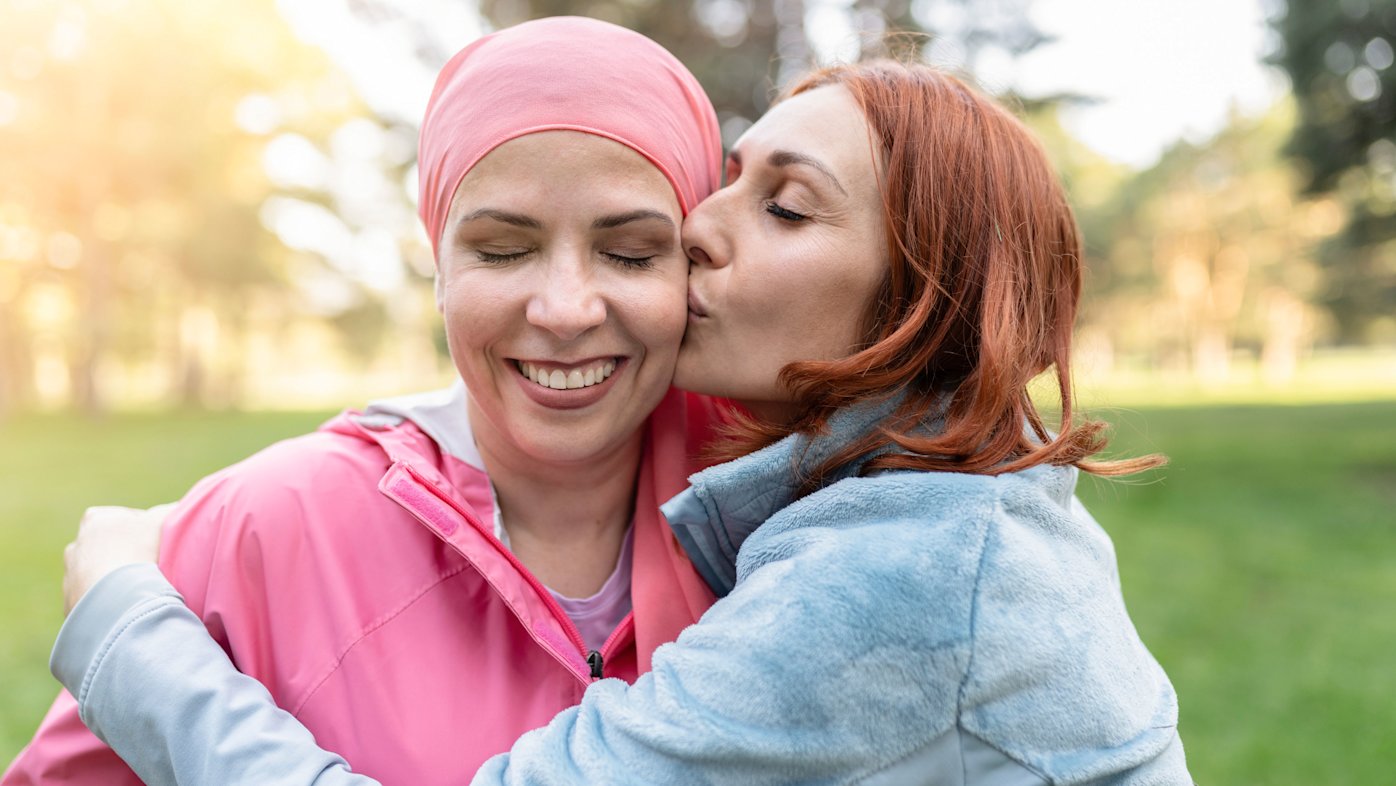
How preventive chemotherapy helps reduce cancer risk
Kate Middleton was recently diagnosed with cancer, and her doctors recommended preventive chemotherapy.
Hispanics are the fastest growing population in the U.S., and as the population has grown, so have instances of skin cancer. According to the Skin Cancer Foundation, melanoma incidence — the deadliest form of skin cancer — has risen nearly 20% in the last two decades among Hispanics.
“Skin cancer is not just for fair- or light-skinned people,” says Dr. Mona Mofid, a board-certified dermatologist affiliated with Sharp Grossmont Hospital. “People of all races are affected.”
“There’s a common misconception that people with darker skin aren’t at risk and don’t have to wear sun protection. Because of the misconception, Hispanics are more likely to be diagnosed at a later stage when skin cancer is more difficult to treat, or even deadly,” she says.
She advises people of all ethnicities to take precautions such as wearing year-round sun protection and doing regular self-exams, checking the skin for suspicious spots and monitoring moles that may have changed in color, size or shape.
“Regardless of skin tone, vigilance needs to become standard practice. And if you see anything unusual, see your doctor,” she says.
One study found that nearly 40% of Hispanics sunbathe, but 43% admitted to never or rarely using sunscreen. Younger Hispanic women with lighter skin are also frequenting tanning beds more often. More than 419,000 cases of skin cancer in the U.S. are linked to indoor tanning, yet about 12% of 18- to 29-year-old Hispanic women use them.
“Tanning beds are contributing to skyrocketing melanoma occurrences in many younger women. It’s now the leading cause of cancer death in women ages 25 to 30,” she says.
“Outdoor exposure to the sun’s ultraviolet rays and indoor tanning beds are responsible for most skin cancers. Darker skin may produce more of a pigment called melanin to help protect the skin when exposed, but it’s still vulnerable.”
Certain types of skin cancer also appear more frequently in darker-skinned individuals such as acral lentiginous melanoma, an especially dangerous form that appears on the palms of the hands and soles of the feet.
Dr. Mofid adds that although skin cancer is on the rise, it’s OK to enjoy the outdoors, as long as you protect your skin.
“Skin cancer is usually preventable if we take precautions,” she says. “Besides protective clothing like hats to shade your ears and neck from sunburn, wearing sunscreen when outdoors is one of the best things we can do.”
To select an appropriate sunscreen, she offers these tips:
Use a sunscreen with SPF 30 or higher.
Consider using a mineral-based sunscreen, as these are better for the environment.
Choose a broad spectrum that protects against UVA and UVB rays
Apply every two hours and at least 20 minutes prior to going outdoors
Make sure your sunscreen is water-resistant
Our weekly email brings you the latest health tips, recipes and stories.